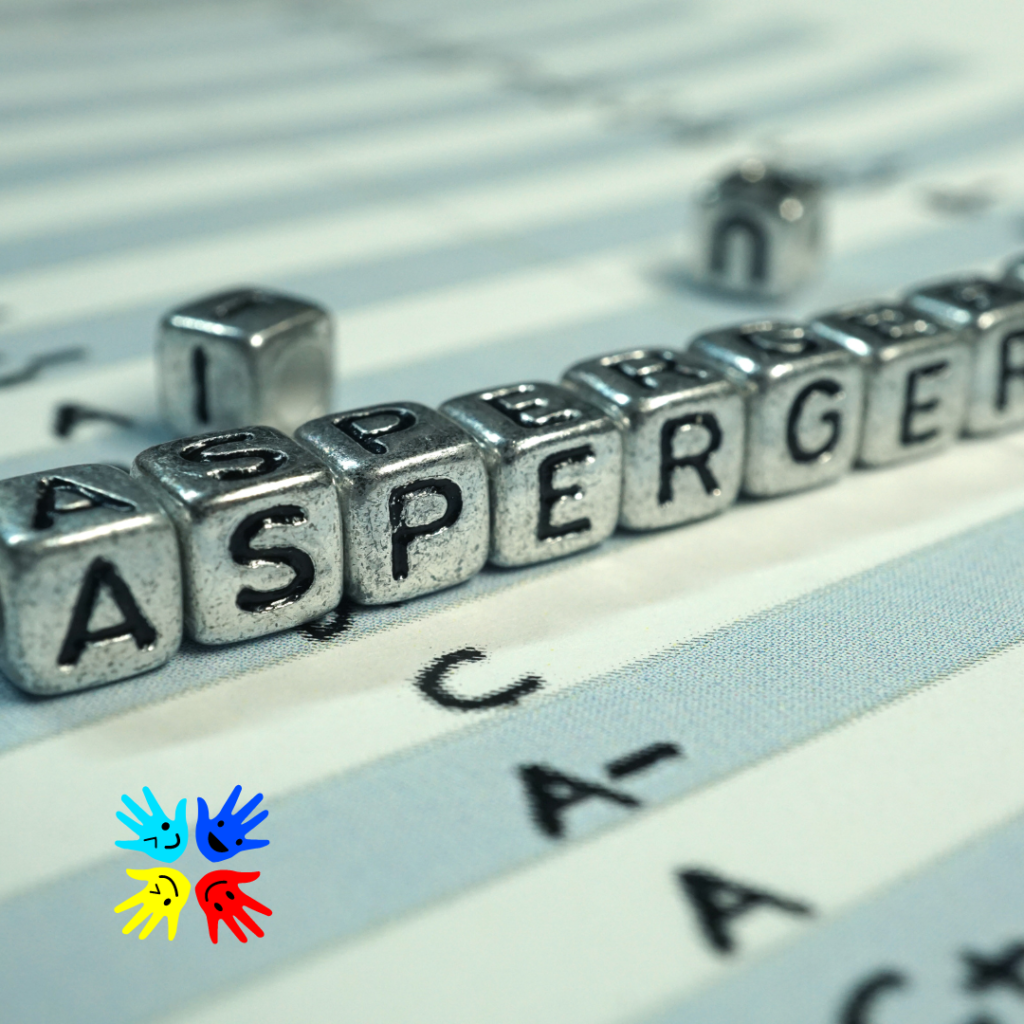The Ritvo Autism & Asperger Diagnostic Scale (RAADS-14): everything you need to know

You might be aware of the Diagnostic and Statistical Manual of Mental Disorders. It has been updated several times. The manual is commonly called DSM-5. In most countries with autism guidelines, the same scale is used. This scale is the Ritvo Autism & Asperger Diagnostic Scale or something similar. It determines if someone should be considered autistic. Most people who use this scale don’t even know it exists. Therefore, everyone should know about it and what it stands for.
What is RAADS?
The Ritvo Autism & Asperger Diagnostic Scale (RAADS-14) questionnaire can help diagnose autism and Asperger syndrome. It consists of 14 questions, each rated from 0 to 3 on a scale. A total score of 70 or above indicates a substantial likelihood of autism spectrum disorder.

About RAADS-14
Identify if you or your child may be on the autism spectrum. The first step is to consult with a professional. The Ritvo Autism & Asperger Diagnostic Scale (RAADS-14) is one of the most commonly used diagnostic tools. It was developed by Dr. Susan Swedo in 1997 as an extension of the DSM IV criteria. It assesses behavioral problems associated with autism and related disorders in children aged 2-16. It consists of 14 questions, each answered on a scale from 0 (never) to 3 (always). For example, to evaluate social interaction problems, respondents are asked about behaviors such as:
- Does your child avoid eye contact?
- Does your child seem to have difficulty understanding how someone else feels?
- Does your child prefer not to be touched?
- To evaluate communication difficulties, respondents are asked about behaviors such as:
- For example, does your child use monosyllabic words?
- Does your child repeat words or phrases over and over again? -Does your child struggle with communicating needs?
- Do others understand what your child says?
It also measures restricted, repetitive and stereotyped patterns of behavior by asking about habits such as:
- Does your child flap their hands excessively?
- Is there a ritualistic routine in the way he/she arranges objects? -Does your child make excessive noises?
- Does your child do things that could cause harm to himself/herself or others?
Finally, the test measures intelligence level by assessing skills such as:
- Can your child name different colors?
- Can your child identify shapes like squares and circles? -Can your child copy a drawing?
- Does your child follow simple instructions like putting the red block on top of the green block?
To take this assessment, you must answer yes to at least two items from each category. Once completed, parents will receive a report that outlines their children’s strengths. It will also detail areas for improvement. This information helps them develop appropriate treatment plans. A high score typically indicates symptoms indicative of high-functioning autism or Asperger Syndrome. Parents should discuss these results with their pediatrician to learn which treatment suits their children best.
How To Use RAADS
The Ritvo Autism & Asperger Diagnostic Scale (RAADS-14) questionnaire can help diagnose autism and Asperger syndrome. It consists of 14 questions, each rated from 0 to 3 on a scale. A total score of 30 or above indicates a substantial likelihood of autism or Asperger syndrome.
Scoring Guide
The RAADS-14 is a 14-item questionnaire about behaviors and symptoms associated with autism spectrum disorders. It is intended for use with adults 18 years and older. The questionnaire takes about 20 minutes to complete.
| Score | Indication |
| 160 or above | indicates that an individual is very likely to have an autism spectrum disorder. |
| 130-159 | Indicates a moderate likelihood |
| Below 130 | Indicates a low likelihood |
Alternative Names For This Assessment
- The Ritvo Autism and Asperger Syndrome Diagnostic Scale-Revised (RAADS-R)
- The Social Responsiveness Scale, Second Edition (SRS-2)
- The Autism Spectrum Quotient, Second Edition (AQ-2)
- The Empathy Quotient (EQ)
- The Systemizing Quotient-Revised (SQ-R)
How Is RAADS Used?
The RAADS-14 is a questionnaire that can be used to help diagnose autism and Asperger syndrome. It is not a replacement for a full clinical assessment. However, it can help identify people who may benefit from further evaluation.
Who Can I Give This Test To?
The RAADS-14 can be given to anyone on the autism spectrum, from children to adults. It is important to note that the test is not intended as a sole diagnosis tool. Instead, it should be part of a comprehensive assessment.
When Should I Use This Test?
If you think you or your child may have autism or Asperger’s, consider taking the RAADS-14 assessment. It can provide you with a reliable answer. The assessment is based on research. This test is most accurate when administered by a trained professional, such as a psychologist or psychiatrist. However, it can also be taken online.
What Should I Know About Measuring ASD?
If you suspect that you may have autism spectrum disorder (ASD), you need to seek an assessment. If someone you love may have ASD, they should be assessed by a professional. It’s important to seek a professional assessment. One of the most commonly used assessment tools for ASD is the Ritvo Autism & Asperger Diagnostic Scale (RAADS-14). Here’s what you need to know about this important measure.
Testing Tips From A Parent’s Perspective
If your child is showing signs of autism or Asperger’s, it is important to get a diagnosis. This can be vital to getting them the help they need. The Ritvo Autism & Asperger Diagnostic Scale (RAADS-14) is one of the most commonly used tests for these conditions. Here are some tips from a parent’s perspective on what to expect during testing.
Frequently Asked Questions About the RAADS-14
The RAADS-14 (Ritvo Autism Asperger Diagnostic Scale – 14-item version) is a concise self-report questionnaire designed to assist in identifying traits associated with autism spectrum disorder (ASD) in adults and adolescents.
It’s a streamlined version of the original, more extensive RAADS-R (80-item) scale, focusing on a core set of questions to quickly flag potential autistic characteristics.
No, the RAADS-14 is not a standalone diagnostic tool. It serves as a screening or assessment instrument that can help identify the *presence* of autistic traits and suggest the need for a more comprehensive clinical evaluation.
A formal diagnosis of autism spectrum disorder (ASD) must always be made by a qualified professional, such as a psychologist, psychiatrist, or neurologist, following a thorough assessment process that includes clinical interviews, observational measures, and potentially other diagnostic tools.
The RAADS-14 is primarily intended for adults and older adolescents (generally aged 16 and above) who suspect they might be on the autism spectrum or are exploring whether certain traits they experience align with ASD.
It is a self-report questionnaire, meaning the individual completes the scale themselves, reflecting on their own experiences and behaviors. It is not designed to be administered by parents or caregivers for younger children.
Each of the 14 items on the RAADS-14 is typically scored on a scale from 0 to 3, where:
- 0 = Never true
- 1 = True only when I was younger (5 years old or less)
- 2 = True now and when I was younger
- 3 = True now only
The scores for all 14 items are summed to get a total score, which can range from 0 to 42. A commonly referenced cutoff score, such as 14 or higher, indicates a significant presence of autistic traits, suggesting that further clinical evaluation for ASD is warranted. However, it’s crucial that any interpretation of scores is done by a professional in context with other information.
The 14 items of the RAADS-14 are designed to cover traits across four key domains that are characteristic of autism spectrum disorder:
- Social Relatedness: Questions related to difficulties in social interactions and understanding social cues.
- Language: Items addressing differences in verbal and non-verbal communication.
- Sensory-Motor: Questions about sensory sensitivities or motor atypicalities.
- Restricted Interests/Stereotyped Behaviors: Items concerning repetitive behaviors, strong adherence to routines, or intense, narrow interests.
These domains help provide a concise overview of an individual’s experiences with common autistic traits.



The RAADS-14 is not a 144 item questionnaire as stated, it is a 14 item screening tool. You should correct this information soon as it is misleading
Thank you